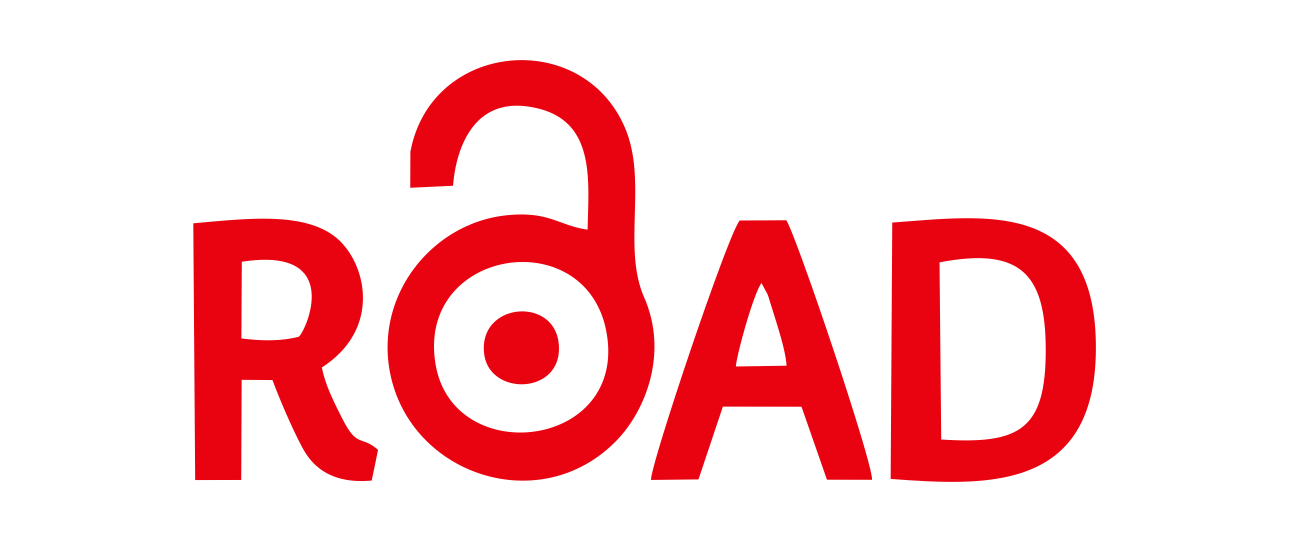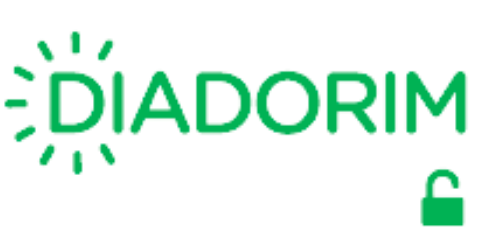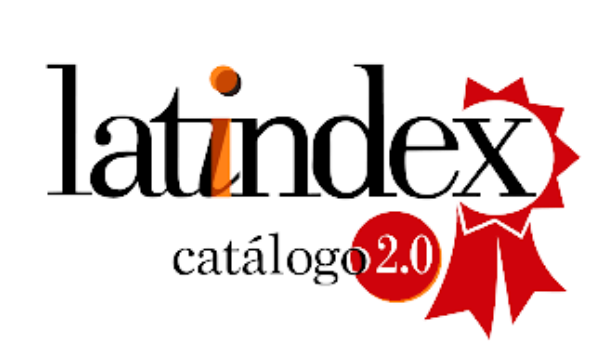Analysis of Goodwill in Brazilian Listed Companies: An Examination of its Representativeness, Disclosure Quality, and Impairment Tests
DOI:
https://doi.org/10.5965/2764747114252025061Keywords:
goodwill, impairment test, CPC 01 (R1), CPC 15 (R1)Abstract
Objective: was to assess the quality of disclosure, the representativeness of recognized goodwill, and the impairment tests conducted in Brazilian public companies. Method: Based on data from Economatica, 33 companies with recognized goodwill on their Balance Sheet as of 31/12/2022 were identified, which constituted the sample for this study. For the analysis of the disclosure level, two checklists were developed based on the applicable standards related to goodwill and its impairment tests. Results: reveal that no company fully complied with all disclosure requirements of CPC 15 (R1) and CPC 01 (R1). Regarding significance, goodwill was found to be the most representative component within the intangible asset group, particularly in the chemical sector. The disclosure of goodwill impairment tests was low among the sample, especially in the construction sector. In terms of the quality of goodwill disclosure, most items on the checklist were classified as "Deficient," and no item received the classification of "Excellent." Contributions: the results highlight the ongoing complexity of goodwill and the deficiencies in the disclosure of its impairment tests, suggesting that regulatory advances have not yet been sufficient to bridge all gaps in transparency and information disclosure related to this asset.
Downloads
References
Alauro, G. (2013). The impact of IAS 36 on goodwill disclosure: Evidence of the write-offs and performance effects. Intangible Capital, 9(3), 754-799. https://www.intangiblecapital.org/index.php/ic/article/view/415/364
Avallone, F., & Quagli, A. (2015). Insight into the variables used to manage the goodwill impairment test under IAS 36. Advances in Accounting, 31(1), 107-114. https://doi.org/10.1016/j.adiac.2015.03.011
Baker, R. E., Christensen, T. E., & Cottrell, D. M. (2022). Advanced Financial Accounting. https://kelasunggulanb2016.files.wordpress.com/2018/09/advanced-financial-accounting-10th-edition-christensen-cottrell-baker-1.pdf
Barako, D. G. (2008). Determinants of voluntary disclosures in Kenyan companies annual reports. Global Journal of Business Management, 2(2), 1-16. https://www.internationalscholarsjournals.com/articles/the-determinants-of-voluntary-disclosures-in-kenyan-companies-annual-reports.pdf
Carlin, T. M., Finch, N., & Ford, G. (2007). Goodwill impairment - an assessment of disclosure quality and compliance levels by large listed Australian firms. SSRN Electronic Journal. https://doi.org/10.2139/ssrn.963078
Carvalho, C., Rodrigues, A. M., & Ferreira, C. (2010). Visualização de imparidade do goodwill na transição para a IFRS 3: o caso português. Estudos Do Isca, 1(4). https://proa.ua.pt/index.php/estudosdoisca/article/view/6793/4972
Catlett, G. R., Olson, N. O. (1968). Accounting for goodwill: Accounting research study no. 10. https://egrove.olemiss.edu/aicpa_guides/142/
Costa, L., Lustosa, P. R. B., & Niyama, J. K. (2023). A redução do valor contabilizado do goodwill: uma análise à luz do Iasb Discussion Paper/2020/1. Revista de Educação E Pesquisa Em Contabilidade, 17(1). https://doi.org/10.17524/repec.v17i1.3121
Financial Accounting Standard Board [FASB]. (2023). Business combinations: joint venture formations (subtopic 805-60). https://www.fasb.org/page/PageContent?pageId=/projects/recentlycompleted/joint-venture-formations.html
Gil, A. C. (2008). Métodos e Técnicas de Pesquisa Social (6ª ed.). Atlas. https://ayanrafael.files.wordpress.com/2011/08/gil-a-c-mc3a9todos-e-tc3a9cnicas-de-pesquisa-social.pdf
Gunawan, H., & Lina, E. O. (2015). Mandatory and voluntary disclosure of annual report on investor reaction. International Journal of Economics and Financial Issues, 5(1), 311-314. https://dergipark.org.tr/en/download/article-file/363185
Iudícibus, S. (2000). Teoria da Contabilidade. (6ª ed.). Atlas.
Jensen, M. C., & Meckling, W. H. (1976). Theory of the firm: Managerial behavior, agency costs and ownership structure. Journal of Financial Economics, 3(4), 305-360. https://www.sfu.ca/~wainwrig/Econ400/jensen-meckling.pdf
Khairi, K. F., Laili, N. H., & Tran, D. M. (2012). Disclosure quality of goodwill impairment testing: a disclosure index. Journal of Economics and Development, 14(1), 5-30. https://jed.neu.edu.vn/Uploads/JED%20Issue/Article%201_JED%20Vol%2014_%20No.1_%202012.pdf
Marinho, S. L., Queiroz, L. M., & Lima, N. C. (2018). Redução ao valor recuperável de ativos: Uma análise comparativa das empresas do novo mercado sob as exigências do CPC 01. RIC, 12(1), 36-51. https://periodicos.ufpe.br/revistas/ricontabeis/article/view/236277/29862
Martins, S. L., Almeida, D. L., Martins, E. A., & Costa, P. S. (2010). Goodwill: uma análise dos conceitos utilizados em trabalhos científicos. Revista Contabilidade & Finanças, 21(52), 1-25. https://www.revistas.usp.br/rcf/article/view/34310/37042
Mazzioni, S., Politelo, L., Moreira, W. J., & Klann, R. C. (2014). Fatores determinantes na evidenciação da redução ao valor recuperável de ativos (impairment test) em empresas listadas na Bm&Fbovespa. Revista Base, 11(4), 276-291. https://www.redalyc.org/journal/3372/337232942002/html/
Murcia, F. D., & Santos, A. (2009). Fatores determinantes do nível de disclosure voluntário das companhias abertas no Brasil. Revista de Educação e Pesquisa em Contabilidade, 3(2), 72-95. https://www.repec.org.br/repec/article/view/68/58
Natura&Co Holding S.A. (2021). Demonstrações financeiras individuais e consolidadas. https://api.mziq.com/mzfilemanager/v2/d/67c3b7d4-64ea-4c2f-b380-6596a2ac2fbf/9368abe2-d9ae-295b-f8e4-26701192f721?origin=2
Nakayama, W. K., & Salotti, B. M. (2014). Fatores determinantes do nível de divulgação de informações sobre combinações de negócios com a entrada em vigor do pronunciamento técnico CPC 15. Revista Contabilidade & Finanças, 25(66), 267-280. https://www.revistas.usp.br/rcf/article/view/98015/96819
Nurcholisah, K. (2016). The effects of financial reporting quality on information asymmetry and its impacts on investment efficiency. International Journal of Economics, Commerce and Management, 4(5), 838-850.https://ijecm.co.uk/wp-content/uploads/2016/05/4552.pdf
Oghoghomeh, T., & Akani, F. N. (2009). Assets impairment testing: An analysis of IAS 36. African Research Review, 10(1), 178-192. https://www.ajol.info/index.php/afrrev/article/view/129843
Oliveira, M. C., Ribeiro, M. S., Sampaio, M. S. A., & Carvalho, F. A. (2004). Os efeitos da adoção dos conceitos e das práticas de governança corporativa na transparência das informações evidenciadas por empresas brasileiras do setor de papel e celulose. Congresso USP de Controladoria e Contabilidade, 1-16. https://congressousp.fipecafi.org/anais/artigos42004/178.pdf
Pacheco, J., & Rover, S. (2020). Relevância da natureza dos ativos intangíveis das companhias abertas para o mercado acionário brasileiro. Revista Universo Contábil, 16(2), 67-86. https://bu.furb.br/ojs/index.php/universocontabil/article/download/9026/4955/
Pacheco, T., Campagnoni, M., & Rover, S. (2017). Explicações para o reconhecimento das perdas por impairment do goodwill. Sociedade, Contabilidade e Gestão, 12(3). http://atena.org.br/revista/ojs-2.2.3-06/index.php/ufrj/article/view/3042/pdf_17
Pereira, T. C., & Rover, S. (2016). Análise das Taxas de Desconto Utilizadas no Teste de Impairment das Companhias Listadas na BM&FBovespa. Anais do Congresso de iniciação científica em contabilidade da UFRGS, Porto Alegre, RS, Brasil. https://core.ac.uk/download/pdf/94926532.pdf
Pernamassari, R., & Tanjung, J. (2022). The effect of information asymmetry and debt on accrual earnings management: Firm size as a moderating variable. International Journal of Multidisciplinary Research and Analysis, 5(8), 2110-2118. https://ijmra.in/v5i8/Doc/27.pdf
Prodanov, C. C., & Freitas, E. C. (2013). Metodologia do trabalho científico: métodos e técnicas da pesquisa e do trabalho acadêmico (2ª ed.). Feevale. https://www.feevale.br/institucional/editora-feevale/metodologia-do-trabalho-cientifico---2-edicao
Pronunciamento Técnico CPC 01 (R1). (2010). Redução ao Valor Recuperável de Ativos. http://www.cpc.org.br/CPC
Pronunciamento Técnico CPC 15 (R1). (2011). Combinação de negócios. http://www.cpc.org.br/CPC
Querino, J., & Souza, M. M. (2020). Evidenciação da perda no valor recuperável de ativos e sua reversão: uma análise nas companhias de capital aberto brasileiras. Anais do Congresso de iniciação científica em contabilidade, Florianópolis, SC, Brasil. https://ccn-ufsc-cdn.s3.amazonaws.com/10CCF/20200710165254_id.pdf
Reimann, L. B., & Schmidt, P. (2010). Teste de impairment do goodwill adquirido em uma combinação de negócios. ConTexto - Contabilidade em Texto, 10(18), 49-62. https://seer.ufrgs.br/index.php/ConTexto/article/view/15882
Santos, A., Iudícibus, S., Martins, E., & Gelbcke, E. R. (2022). Manual de contabilidade societária: aplicável a todas as sociedades de acordo com as normas internacionais e do CPC (4ª ed.). Atlas.
Souza, M. M., Borba, J. A., & Zandonai, F. (2011). Evidenciação da Perda no Valor Recuperável de Ativos nas Demonstrações Contábeis: uma Verificação nas Empresas de Capital Aberto Brasileiras. Contabilidade Vista & Revista, 22(2), 67-91. https://revistas.face.ufmg.br/index.php/contabilidadevistaerevista/article/view/588
Souza, M. M. (2015). Big Bath: Evidências brasileiras na adoção inicial da norma que trata de redução no valor recuperável do goodwill. Revista Ambiente Contábil, 7(1), 35-50. http://www.atena.org.br/revista/ojs2.2.306/index.php/Ambiente/article/view/2237/ 1946
Souza, M. M., & Borba, J. A. (2017). Value relevance do nível de disclosure das combinações de negócios e do goodwill reconhecido nas companhias de capital aberto brasileiras. Revista Contabilidade & Finanças, 28(73), 77-92. https://www.revistas.usp.br/rcf/article/view/125576/122509
Stenheim, T., & Madsen, D. Ø. (2016). Goodwill impairment losses, economic impairment, earnings management and corporate governance. Journal of Accounting and Finance, 16(2), 11-36. http://www.nabusinesspress.com/JAF/StenheimT_Web16_2_.pdf
Tavares, M. F., Filho, J. F. R., Lopes, J. E. G., Vasconcelos, M. T. C., & Perdeneiras, M. M. M. (2004). Um estudo sobre o nível de conformidade dos setores classificados pela Bovespa com o CPC 01–redução ao valor recuperável de ativos. Sociedade, Contabilidade e Gestão, 5(1). https://revistas.ufrj.br/index.php/scg/article/view/13192/9014
Verrecchia, R. E. (2001). Essays on disclosure. Journal of Accounting and Economics, 32(1-3), 97-180. https://papers.ssrn.com/sol3/papers.cfm?abstract_id=276699
Vogt, M., Pletsch, C. S., Moras, V. N., & Klann, R. C. (2016). Determinantes do reconhecimento das perdas por impairment do goodwill. Revista Contabilidade & Finanças, 27(72), 349-362. https://revistas.ufrj.br/index.php/scg/article/view/13192/9014
Downloads
Published
How to Cite
Issue
Section
License
Copyright (c) 2025 Raylan Neres Reis, Maíra Melo de Souza

This work is licensed under a Creative Commons Attribution 4.0 International License.
Brazilian Journal of Accounting and Management offers free and immediate access to its content, following the principle that providing scientifical knowledge in a free manner promotes a better world democratization of knowledge. Authors maintain copyright of articles and grant to the journal the rights of the first publication, according to the Creative Commons Attribution licensing criteria, which allows the work to be shared with initial publication and authorship recognition. These licenses allow others to distribute, remix, adapt, or create derived work, even if it is for commercial purposes, provided that the credit is given to the original creation.



















